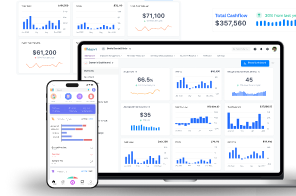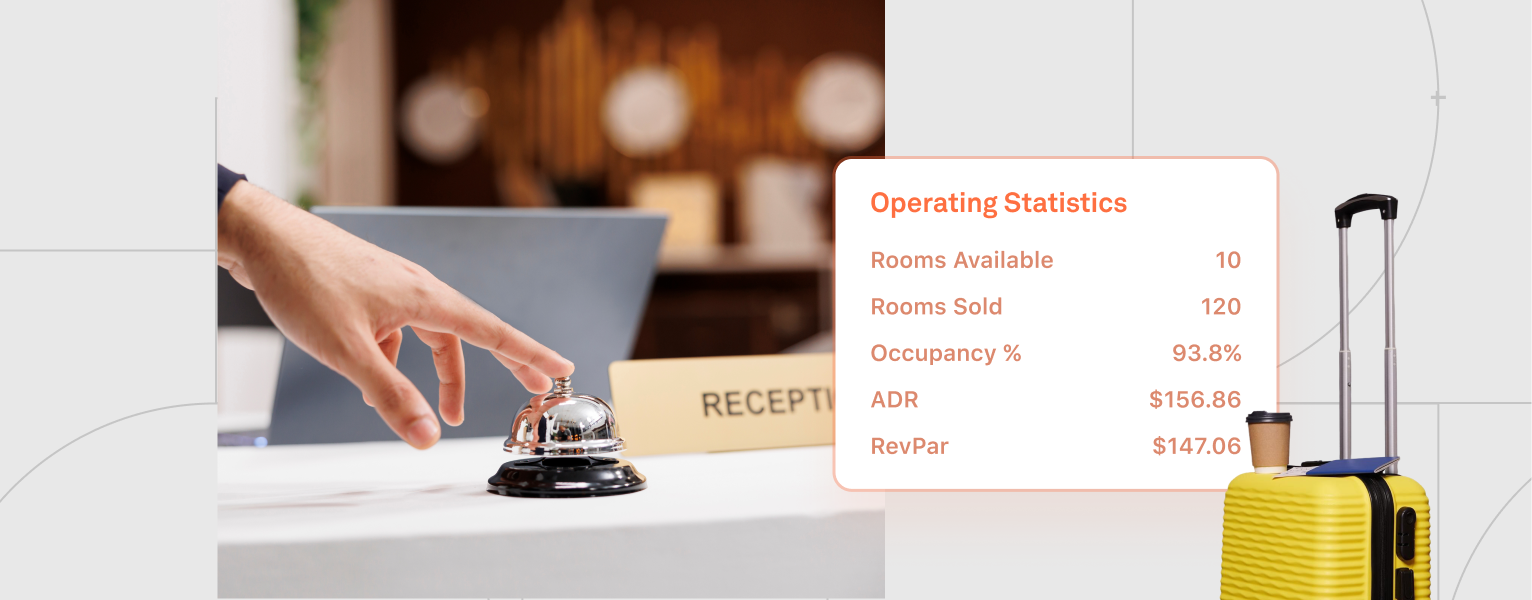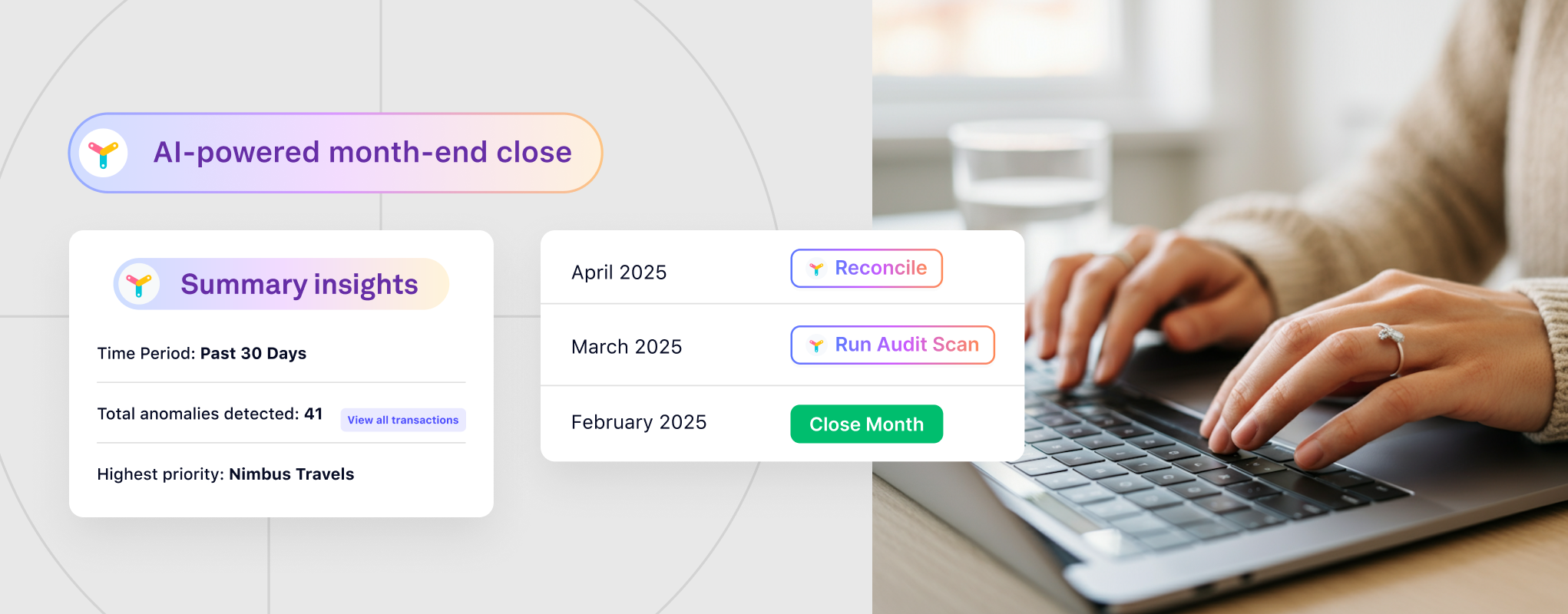All companies have to generate revenue in order to be successful. Whether you’re a hotel, a restaurant, or a clothing store – revenue is the fuel that keeps a business moving forward. However, tracking revenue isn’t as simple as it used to be. Once upon a time, companies could simply make a sale, collect cash, and pay their bills from what they earned. In today’s technologically advanced world, businesses use revenue systems to account for and manage their income.
A revenue system refers to the way a company generates income and how it travels through a company’s accounting system. Companies use revenue accounting systems that track exchanges between a merchant and a customer involving the sale of a product or service. Point-of-sale (POS) systems, property management systems (PMS), and point of purchase (POP) systems are a few of the common revenue systems found at businesses today.
POS systems allow companies to accept customer payments, track sales, and manage other aspects of small business. Popular POS brands today include: Clover, Toast, Lightspeed, Square, and TouchBistro. These modern day POS systems combine hardware and software systems that utilize barcode scanners, card readers, cash registers, and a touchscreen interface. However, many businesses now use simplified POS systems consisting only of a tablet and credit card scanner.
POS systems generate reports that provide detailed insights into your business’ performance. Understanding POS reports can help businesses improve daily operations, reduce administrative work, and minimize waste.
What are the Types of Revenue Reports?
Every time a business rings up a sale, data is collected and analyzed. Modern day point-of-sale (POS) systems can generate dozens of reports that provide valuable metrics about your business.
Here are some of the key POS system reports:
- Sales summary: provides an in-depth look at sales at a point in time, whether it’s by day, week, month, or year. These reports show the cost of goods sold, gross profits, and profit margin.
- Sales per product: provides detailed insight to identify which products or services are selling well/not selling.
- Sales per customer: provides analysis of sales per customer so companies can tailor marketing and outreach efforts.
- Customer data: shows how long someone has been a customer, how often they’ve made purchases, and which products have been purchased.
Modern day POS systems can help businesses determine which products are most profitable and allow you to track inventory. Information such as names, date, transaction type, and past purchases can be collected by merchants to help companies target current and future customers.
POS data can provide businesses with valuable information to improve sales and profitability. However, Docyt helps you connect the dots even further.
Docyt Manages Revenue Accounting
Docyt pulls data from your revenue system(s) and financial institution(s), which allows you to see the entire revenue journey – from sales to bank deposits. This enables you to cross check the daily earnings in your POS report with what ultimately got deposited into your bank account. That way, you can find discrepancies and follow up to ensure you receive all the money you earned.
Docyt’s accounting automation software helps businesses track daily and monthly revenue. Whether you accept cash, credit card, or other forms of payment – Docyt is able to track each merchant processor account separately for more accurate reconciliation. If you have multiple businesses or revenue streams, Docyt can help you see revenue by department in addition to a rollup for the entire business.
If you’re searching for an automation software to help manage your accounting, Docyt has your back.
Docyt Manages Important Revenue Data
Revenue is the single most important factor for business success. If merchants are unable to understand the details of their daily revenue – how they earn it, which category is the top seller, what days are high volume, etc. – they’ll be less effective at making more money. That’s where Docyt can help.
If you’re searching for a tool that can help you track and understand your revenue data, schedule a free consultation today.




